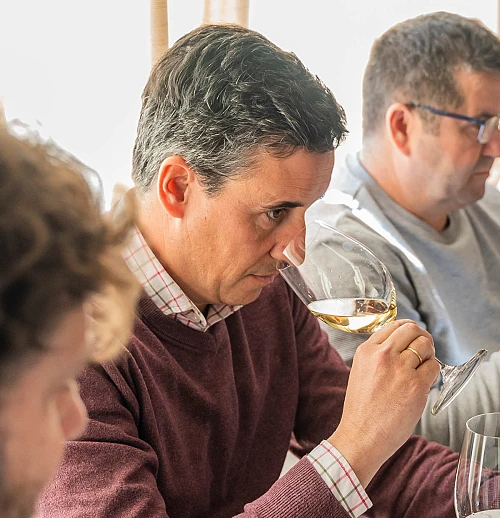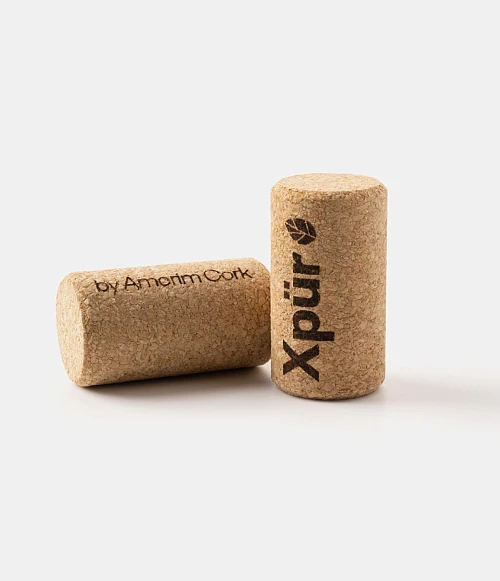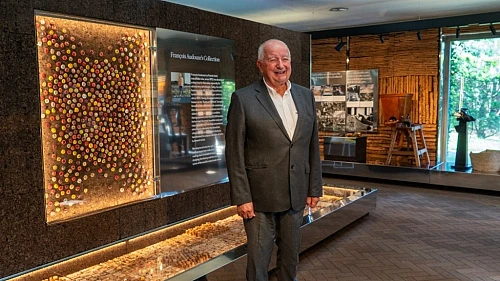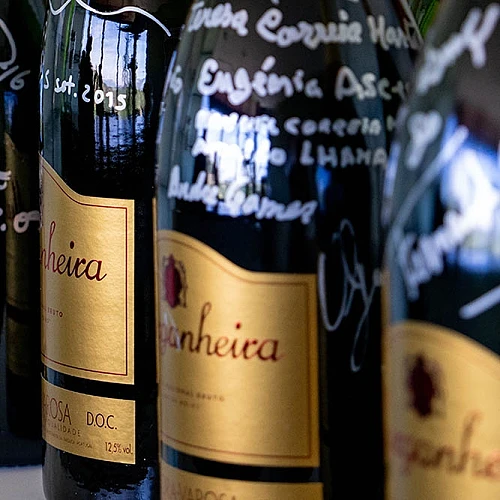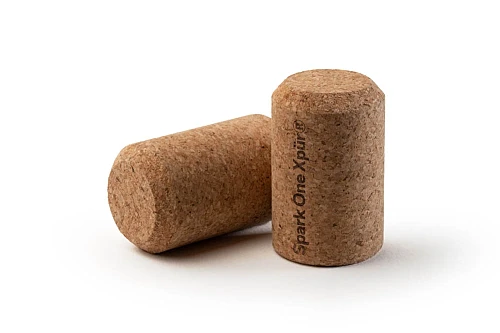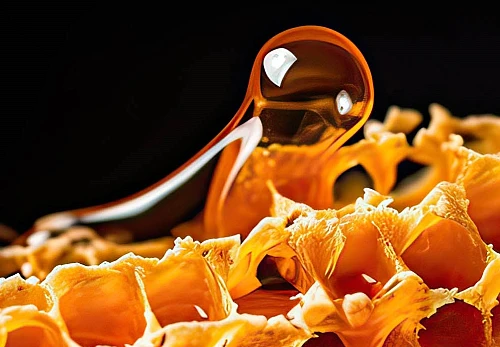- Media Center
- News
News Media Center
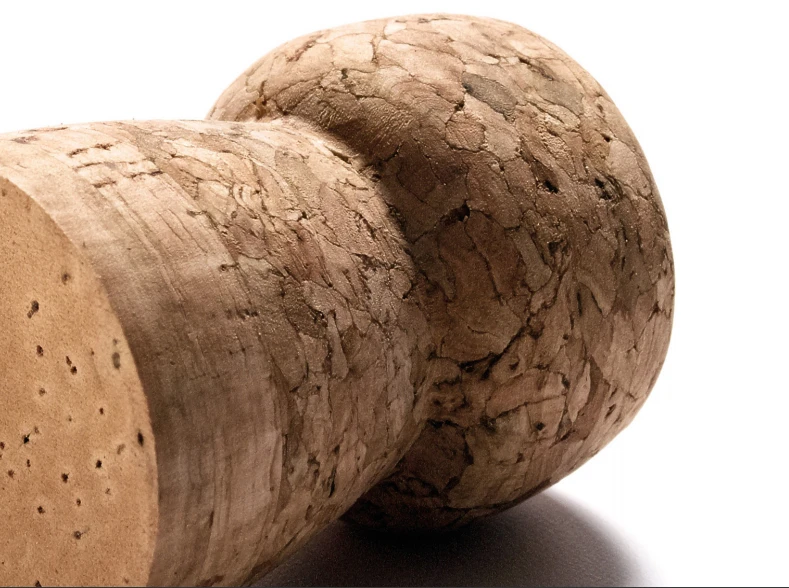
Latest Study Confirms Negative Carbon Footprint for Amorim Cork Stoppers
Amorim reinforces its sustainability credentials in its 150th anniversary year. Safeguarding the planet’s biodiversity, combating climate change and fostering sustainability are more important than ever. Amorim’s commitment to sustainability and the circular economy are pillars of its business activity. Everything begins in the cork oak forest - one of the world’s 36 biodiversity hotspots - but the commitment to ensuring sustainability runs throughout the group’s business units. A brand-new study, using a cradle-to-gate methodology, has demonstrated how this commitment to sustainability pays vital dividends in Amorim’s core business of providing top quality cork stoppers to the global wine and spirits market. Amorim’s natural cork stoppers and sparkling wine stoppers have a remarkable negative carbon footprint, and the latter have the highest CO2 sequestration level in the global stopper industry. These are some of the conclusions of the study commissioned by Corticeira Amorim and independently conducted by EY consultants in December 2019. The study measured everything from the forest floor to finished stopper and concluded that cork closures are a major ally in the wine industry’s battle to maximise sustainability. Consumers increasingly valorise products that help protect the planet. This means that cork closures can offset the carbon footprint of glass bottles - which release between 300-500g of CO2 per 75cl glass bottle, in function of their weight. This means that cork offers a major advantage to wineries, in their drive to ensure carbon neutrality. Cork and wine have been natural allies for centuries, precisely because they are natural products and can be harvested without damaging the vine or tree. They preserve vital habitats, local populations and bio-diversity. This symbiotic relationship is vital to preserving the 5.4 million acres of native cork forests across seven countries in the Western Mediterranean basin. The study covered different life cycle stages in the cork value chain, including forest management activities, cork treatment stages, including transport from the forest, and stopper production, finishing and packaging.
Amorim’s natural cork stoppers and sparkling wine stoppers have a remarkable negative carbon footprint, and the latter have the highest CO2 sequestration level in the global stopper industry.
Cork and wine have been natural allies for centuries, precisely because they are natural products and can be harvested without damaging the vine or tree. They preserve vital habitats, local populations and bio-diversity.
For a fair comparison with previous studies, the distribution of the product from Portugal to the UK was also included, together with additional information regarding carbon sequestration from the cork oak forest. In addition to the negative carbon footprint the study also evaluated the stoppers’ overall environmental footprint, using methods aligned with the recommendation from Product Environmental Footprint Category Rules (PEFCR) for still and sparkling wine product environmental footprints (PEF) issued by the European Commission in 2018. A wide variety of impacts were assessed, including categories such as Climate Change, Ozone Depletion, Human Toxicity, Acidification, Terrestrial, Freshwater and Marine Eutrophication, Water Use and Total Cumulative Energy Demand. The study’s conclusions noted that more efficient and less environmental harmful options of transportation and energy generation are being adopted by Amorim in the treatment and production stages, where renewable energy accounts for more than 50% of energy consumed. It also stated that the environmental footprint results of Amorim’s sparkling cork stoppers have below average environmental impacts compared with the global champagne stopper sector. Finally, the study also highlighted the differentiation between cork extraction - which doesn’t harm the tree - and other forest-based products and concluded: “As the cork oak tree retains carbon for over 100 years, regardless of cork harvesting, cork exploitation supports the maintenance of the ecosystem, thus having a positive contribution to climate regulation.” These results echo the findings from other recent studies such as a September 2018 study produced by PricewaterhouseCoopers for Amorim - which confirmed that Amorim’s Neutrocork stopper, which features a uniform-sized micro cork granule composition, has a negative carbon footprint. *The study was based on the ISO 14040/44 standards (ISO, 2006), together with guidelines from the International Reference Life Cycle Data System (ILCD) Handbook - General guide for Life Cycle Assessment - Detailed guidance (EC-JRC, 2010). **The LCA methods used were aligned with the recommendation from Product Environmental Footprint Category Rules (PEFCR) for still and sparkling wine product environmental footprints (PEF) issued by the European Commission in 2018.
